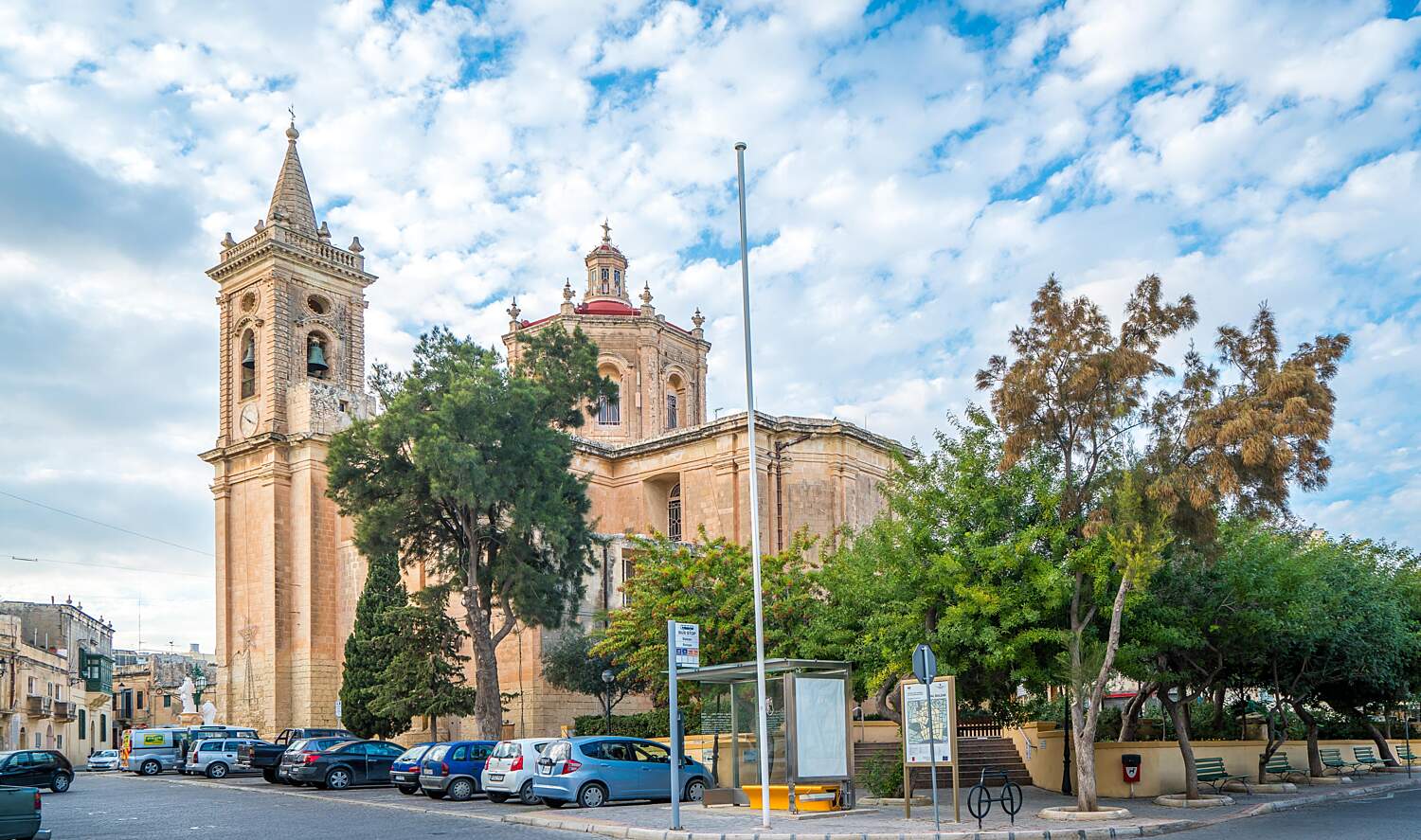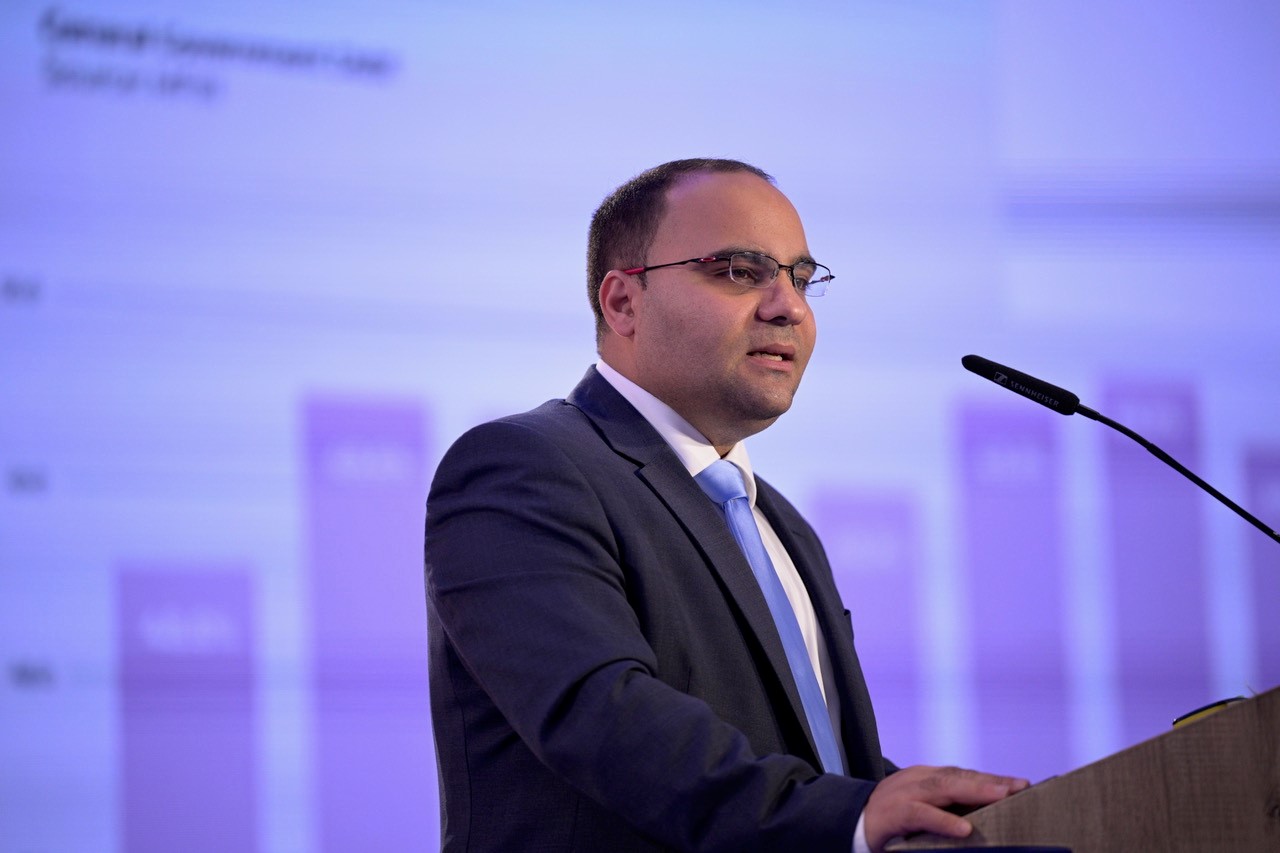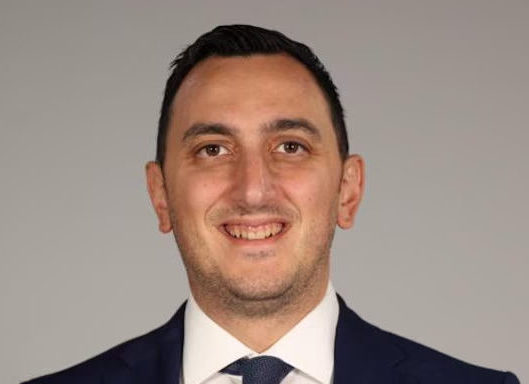The number of people at risk of poverty or social exclusion (AROPE) in Malta now stands at 19.8 per cent, a decrease of 0.3 percentage points when compared to 2022 levels.
The AROPE defines the proportion of individuals who are either at-risk-of-poverty, or severely materially and socially deprived or living in a household with very low work intensity.
Figures were published by the National Statistics Office (NSO) on Wednesday (today). These figures form part of the NSO’s annual European Statistics on Income and Living Conditions (EU-SILC) survey.
In this case, income statistics refer to the calendar year 2022, while non-income components, such as material deprivation, refer to 2023, the data collection year.
In terms of AROPE, in the EU-SILC 2023 survey a decrease of 1.9 percentage point can be noted across the 65 and over age group. Therefore, the AROPE rate for this cohort stands at 31.4 per cent.
On the other hand, an increase can be noted among persons under 18 years, with 2.1 percentage points, thus reaching a rate of 25.2 per cent for this cohort.
For the 18-64 age group, the AROPE rate remained unchanged at 15.5 per cent.
Meanwhile, the number of persons at risk of poverty (ARP) in Malta reached 16.6 per cent of the population, a decrease of 0.1 percentage points when compared to the previous year. This rate is the lowest one registered since 2017.
The ARP rate among persons below 18 years of age was calculated at 22 per cent, increasing by 2.7 percentage points from the previous year.
A decrease of 0.2 percentage points was observed for the 18-64 age group, bringing the ARP rate for this cohort down to 12.1 per cent in 2023.
On the other hand, the rate for those aged over 65 years went down by 29 per cent, equivalent to a decrease of 1 percentage points over the EU-SILC 2022 survey.
When all social transfers, including pensions, are excluded ARP for 2023 increases by 17 percentage points to 90,190 persons. “This illustrates the importance of social welfare in assisting the most vulnerable persons in society,” the NSO notes.
The ARP rate for households with and without dependent children were calculated at 17.9 and 15.7 per cent respectively.
Members of single parent households were noted to be more likely to be ARP with 41.6 per cent of these having an equivalised disposable income below the ARP threshold.
Members of one-person households aged 65 years or more and members of households with two adults and no dependent children with at least one adult aged 65 years or more were also more prone to being ARP.
On the other hand, the ARP rate among persons living in households with at least one member aged 0-64 years, decreased as the household work intensity increased.
“Indeed, 73.5 per cent of persons living in households with very low intensity were found to be ARP in the EU-SILC 2023 survey,” the NSO noted.
Furthermore, an increase was recorded in the ARP rates for the unemployed, retired, and employed persons for the reference year, when compared to previous years’ EU-SILC.
At district level, the distribution of persons under the ARP threshold was uneven across the islands, with Gozo and Comino district having the largest share of ARP persons followed by the Northern district. On the other hand, the southeastern district registered the lowest ARP rate.
Household income
Reflecting on the figures, Social Policy Minister Michael Falzon noted in a statement that although a positive trend was observed in general, “effort needs to continue to improve families’ quality of life.”
The Minister remarked that the study is based on 2022 figures and therefore does not include measures implemented in 2023 and 2024.
Meanwhile, Permanent Secretary Mark Musu said that these figures “confirm that through economic progress and increases in pensions and social benefits, there was a seven per cent increase in the median disposable income of families between 2021 and 2022.”
Disposable income is defined as the amount of money available to households for spending purposes, after deducting taxes, social contributions, and alimonies. This stood at €37,275.
Median income for a houseold made up of one person has now reached the amount of €18,940. On the other hand, the income of a person considered ARP now increased to €11,364. This figure, classifying whether a person is ARP, increases when families are larger in number.
Severe material and social deprivation
In 2023, the severe material and social deprivation (SMSD) rate among persons living in households stood at 4.1 per cent. This reflects 0.8 percentage points lower than that estimated in 2022.
The NSO notes that the most influential variables were the inability of the household to pay for one week’s annual holiday away from home (30 per cent), and inability of the household to face unexpected financial expenses (15.9 per cent).
Two years since its birth, Moneybase features on Microsoft’s Customer Stories
Moneybase has now just been featured on Microsoft’s latest Customer Stories
Finance Minister confirms continuity of food and energy subsidies
Spending on food and energy subsidies as a percentage of the GDP will be at 0.7% in 2025
MHRA congratulates Glenn Micallef on EU role, highlights positive impact on Malta’s tourism and cultural sectors
The lobby group emphasised that Malta’s cultural assets and sports scene are key factors in attracting visitors and fostering economic ...






